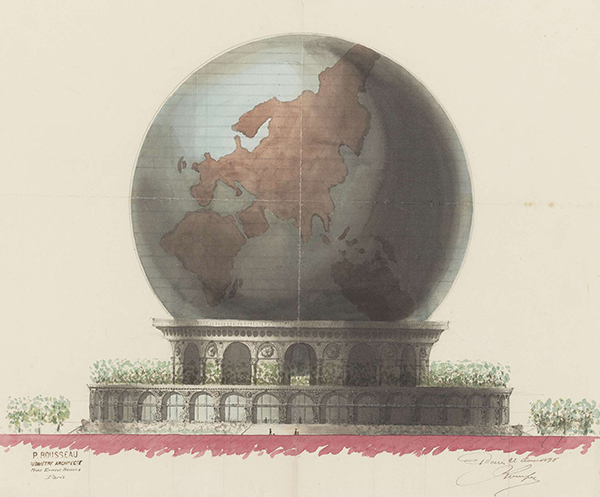Enge Weltinnenräume
Begehbare Riesengloben und der „Grand globe“ von Élisée Reclus
Identifier (Artikel)
Abstract
The dimensions of the giant globes built in the second half of the nineteenth century quickly make us forget that they are paradigmatic cases of miniaturized worlds. This article focuses on Élisée Reclus’s project for the Paris “Exposition Universelle” of 1900. A relief globe of about 127 meters in diameter was to be housed in an even bigger globe. The “Grand globe” could thus be considered as a prefiguration of the “world interior” [“Weltinnenraum”], a term Rainer Maria Rilke used in one of his poems a few years later. The theatrical staging of a globe within a globe combines aesthetic and affective, pedagogical and political objectives. However, this article is less about the politics and convictions of Reclus than about the relationship of his project to cartographic practices and “world views” at the time. What is it that distinguishes the “Grand globe” from other world models, from competing exhibits and views at the Paris exhibition? And what does the inward turn of geographic representation tell us about the “world” around 1900?
Statistiken


Lizenz

Dieses Werk steht unter der Lizenz Creative Commons Namensnennung - Nicht-kommerziell - Keine Bearbeitungen 4.0 International.


